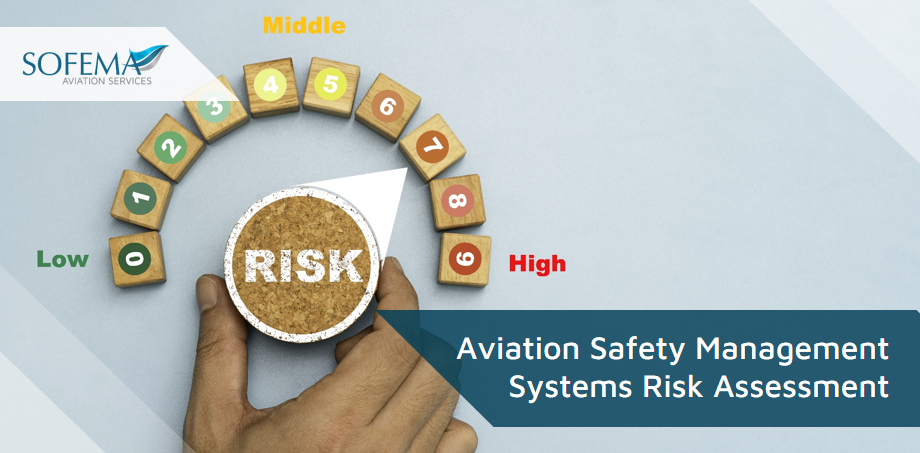Sofema Aviation Services (SAS), www.sassofia.com, lays out a typical structure for performing a Risk Assessment as part of a Workshop Activity.
Example Tasks for Aviation Safety Management Systems Workshop
Aircraft Maintenance Example Tasks
- A new maintenance procedure has been introduced for addressing the robbery of ESDS aircraft components. The staff is unfamiliar with the new procedure.
o Identify potential hazards associated with the new maintenance procedure. (Create a List of Hazards)
- Tools have been misplaced during maintenance activities, potentially leading to Foreign Object Damage (FOD).
o Assess the risks associated with poor tool control.
o Create a Risk matrix with likelihood and severity ratings.
- Repetitive Defects – Following multiple occurrences of the same defect on various aircraft within a short time frame.
o Conduct a root cause analysis to determine why the defect is recurring.
o Detailed root cause analysis using the “5 Whys” technique.
Aircraft Operations
- The airline is opening new flight routes to regions with challenging weather conditions.
- Identify potential hazards related to operating flights in these new regions.
- List of identified hazards.
- Crew members have reported increasing fatigue levels due to extended flight hours and minimal rest periods.
- Assess the risks associated with crew fatigue.
- Risk matrix with likelihood and severity ratings.
- There have been several minor in-flight incidents related to navigation system errors.
- Conduct a root cause analysis to determine the underlying causes of these incidents.
- Detailed root cause analysis using a Fishbone (Ishikawa) diagram.
Ground Operations
- Ground handling staff have reported several near misses involving vehicles and aircraft on the ramp.
- Identify potential hazards in ramp operations.
- List of identified hazards.
- There has been an increase in baggage mishandling incidents, leading to passenger complaints and damage claims.
- Assess the risks associated with current baggage handling practices.
- Risk matrix with likelihood and severity ratings.
- Ground support equipment (e.g., tugs, belt loaders) frequently breaks down, causing delays.
- Conduct a root cause analysis to determine why the equipment is failing.
- Detailed root cause analysis using the “5 Whys” technique.
Workshop Task – Steps to Take
- A brief overview of the task and its objectives.
- Group Activity
- Hazard Identification
- Risk Assessment
- Root Cause Analysis
- Mitigation Implementation
- Presentation & Discussion
- Quick presentation and discussion of findings.
Materials Needed:
- Simplified risk matrix templates
- “5 Whys” root cause analysis templates
- Scenario handouts
Group Formation:
Participants will be divided into small groups (4-6 members each) to facilitate active discussion and collaboration.
Facilitator’s Role:
- Guide participants through each task and keep time.
- Provide clarifications and answer questions.
- Facilitate quick discussions and ensure all groups stay on track.
- Provide feedback during the brief presentation session.
Optimum Outcomes:
- Quick identification and assessment of hazards.
- Practical, time-efficient experience in conducting root cause analysis.
- Development of concise and effective mitigation strategies.
- Enhanced ability to work under time constraints while maintaining quality in safety management practices.
Next Steps
Follow this link to our Library to find & download related documents for Free.
Sofema Aviation Services www.sassofia.com Provides Safety Management System (SMS) Training for Trainers courses – Please see Aviation Safety Management System – Risk Assessment – Train The Trainer. For comments or questions, please contact Team@sassofia.com
Tags:
Aircraft, aviation, aviation safety, EASA, Ground Operations, Risk Assessment, Workshop, Aviation Safety Management, SAS blogs, Aircraft Operations, Aviation Safety Management Systems, Foreign Object Damage (FOD), Group Formation





